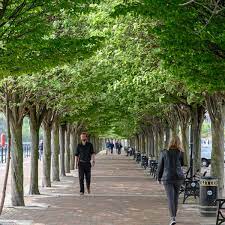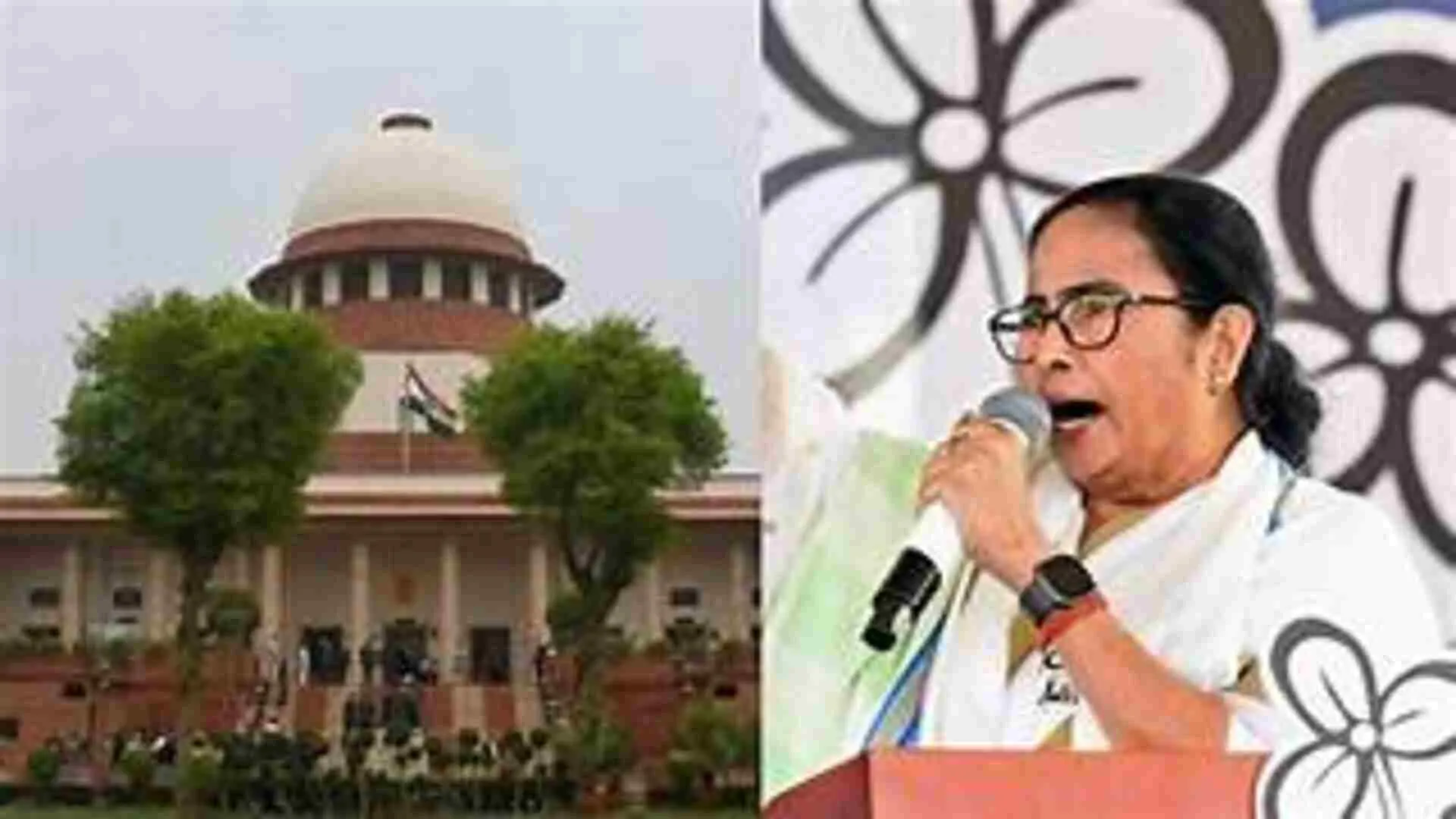As cities grow and heat up, it’s time to get rid of your air-conditioner and have more plants in your homes.
Ever wonder what’s the most cost-effective solution to cool the temperature? Simple. Planting more trees or incorporating more vegetation/plants in city design. It puts a new slant on the idea of the ‘urban jungle’.
Climate change is one of the most serious risks to urban life. Our cities are heating up. The dangers of the urban heat island — when concrete buildings, asphalt roads and other urban infrastructure absorb and re-emit solar radiation more than natural landscapes — are well documented, increasing temperatures in built-up areas which can increase the risk of heat-related illnesses.Poorly planned city development increases this risk. According to the Secretariat of the Convention on Biological Diversity, only 40 per cent of the urban areas expected to exist by 2030 exist, meaning significant further urban development will occur over the next decade. “Nature-based solutions” refer to a wide range of strategies with the potential to curb greenhouse gas emissions. They can improve an ecosystem’s capacity to absorb carbon dioxide or reverse degradation to the point where an ecosystem once again becomes a “net sink” of carbon (storing more carbon than it emits).
Of all the methods for reducing the heat island effect, those involving plants have proven to be the most successful. There is still disagreement in the scientific community over how much green space people need and whether current systems adequately address this issue, despite the importance of urban green space to the layout and impact of today’s dense urban centres.
The World Health Organisation advocates for easy access to green space, suggesting everyone lives no more than 300 metres from a green area covering at least half a hectare.
Tree canopies cool the ground below by blocking sunlight and controlling how much heat a building radiates into the environment. For tropical cities, Ceylon Ironwood trees have dense branching, and high leaf coverage provides excellent shading.Due to the shade, less absorbed heat is radiated to the air, encouraging evapotranspiration, reducing the surrounding temperature and increasing people’s thermal comfort.

















